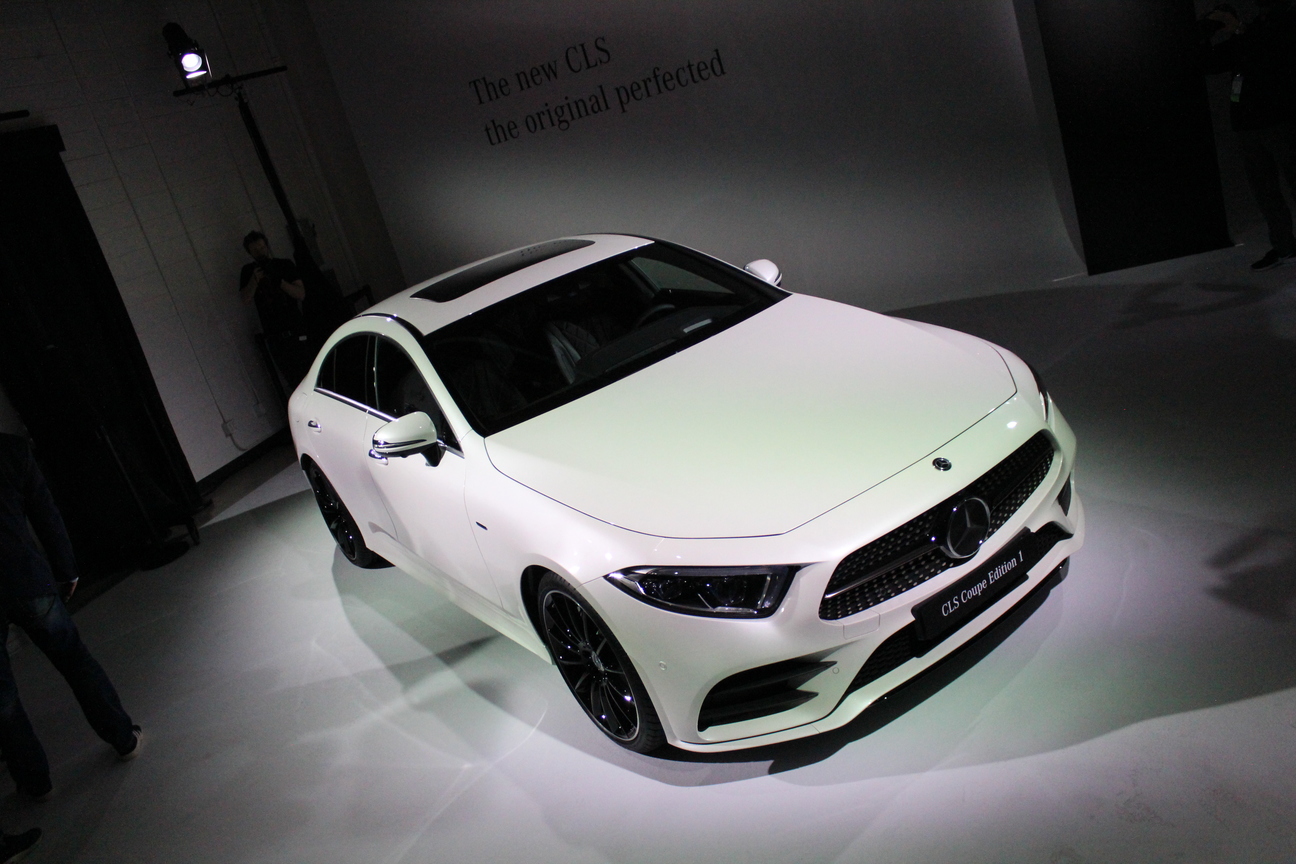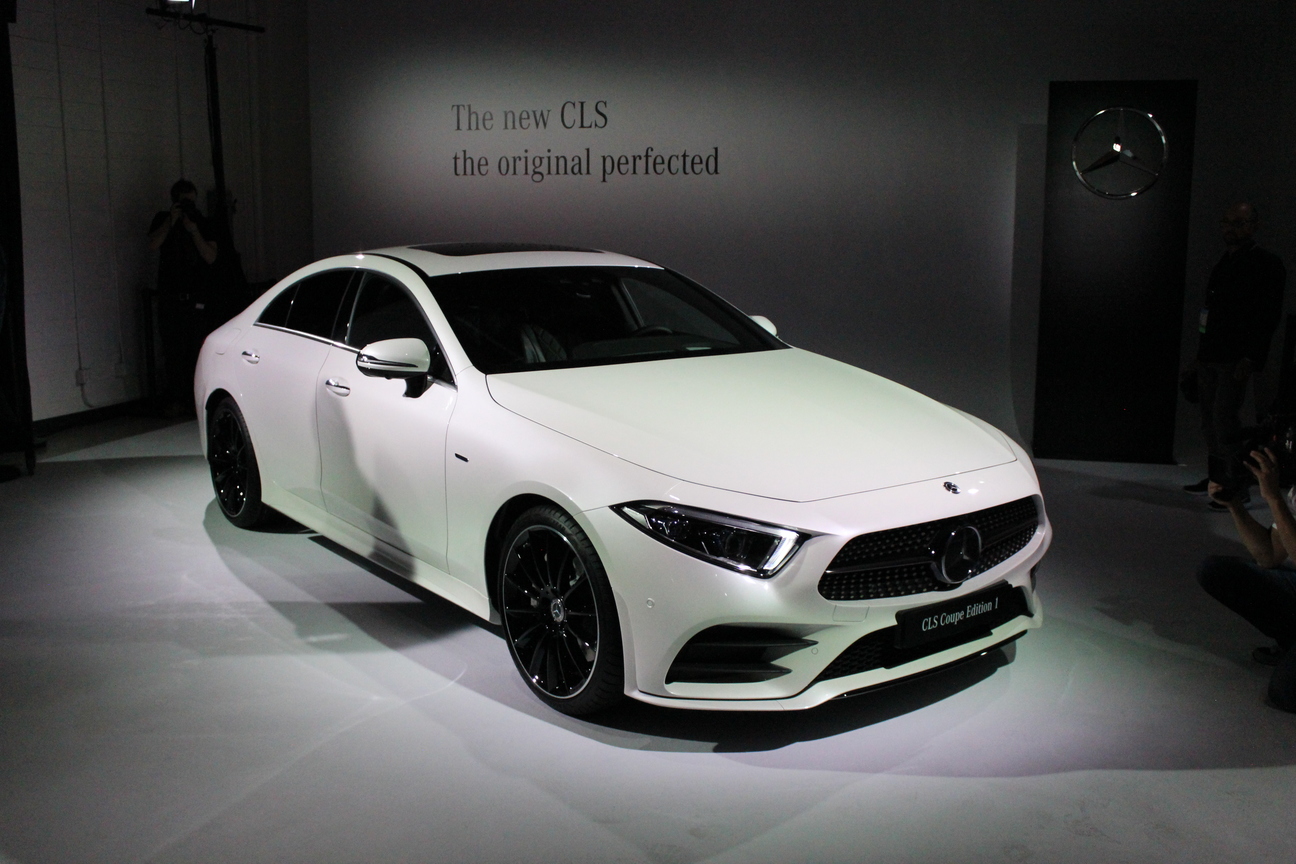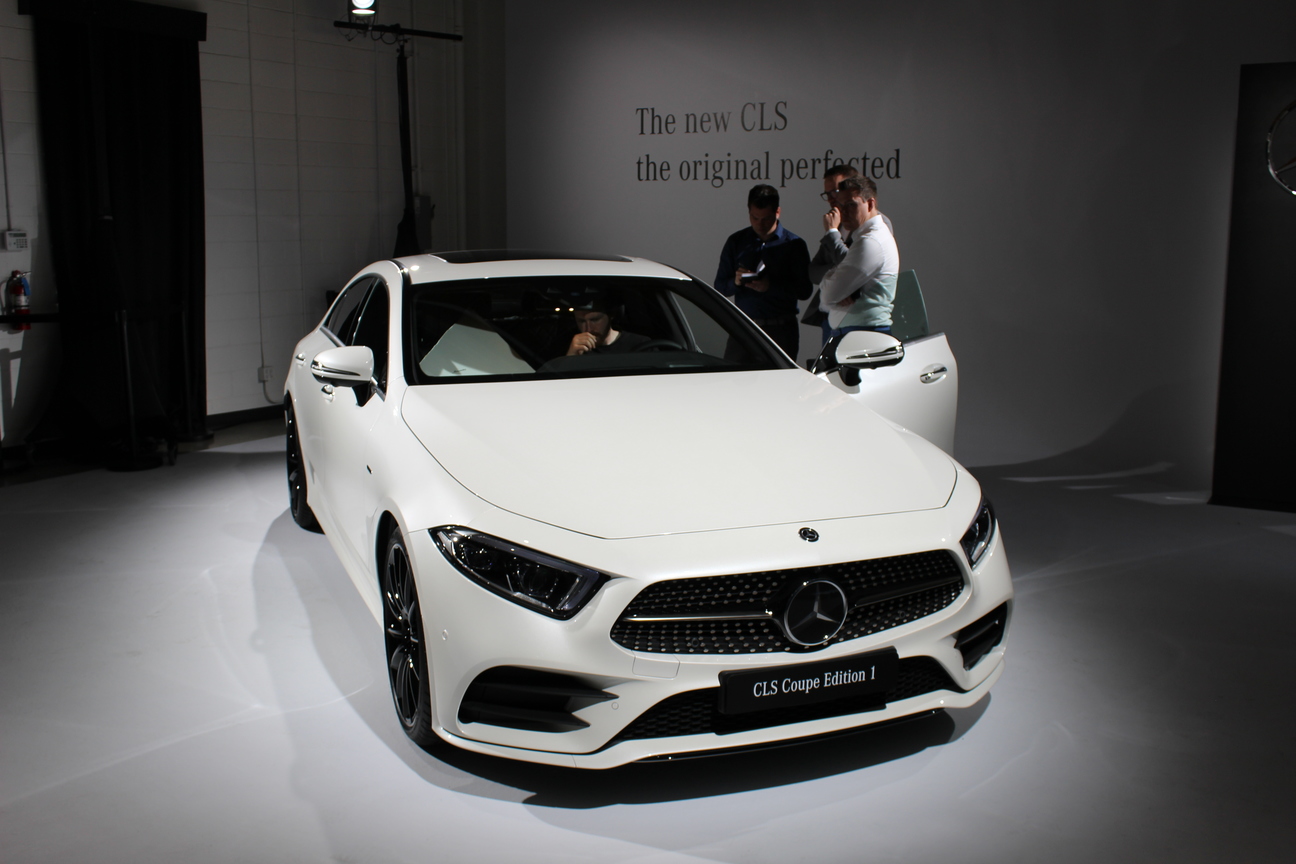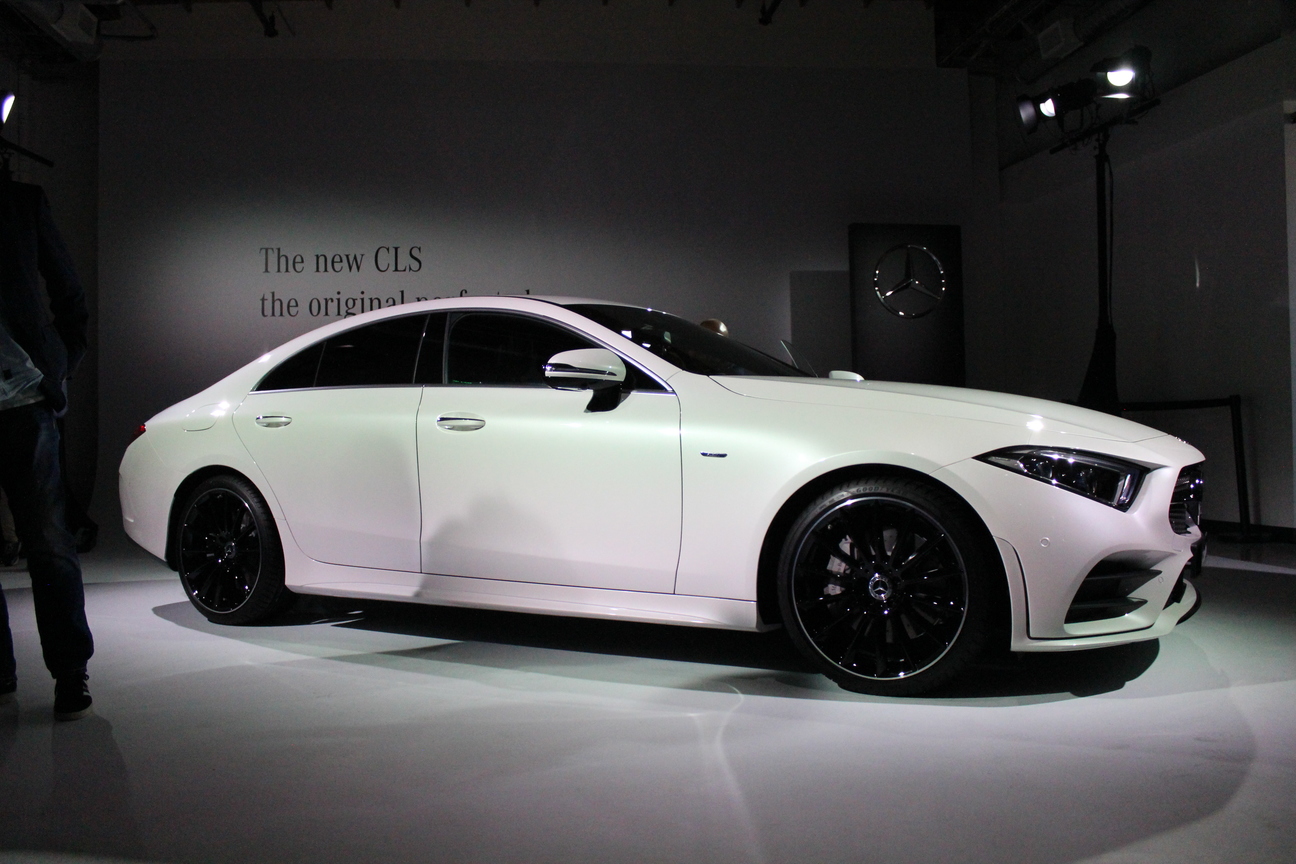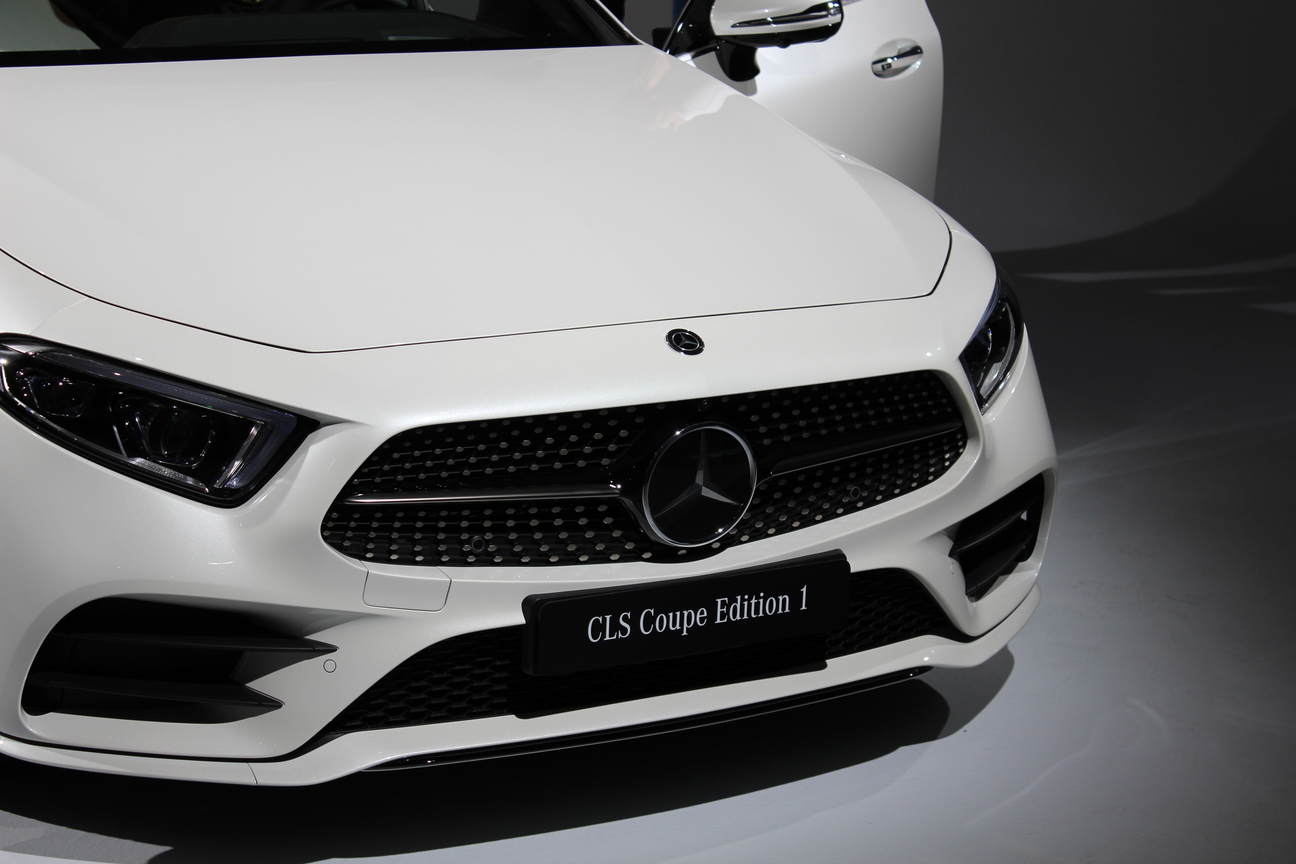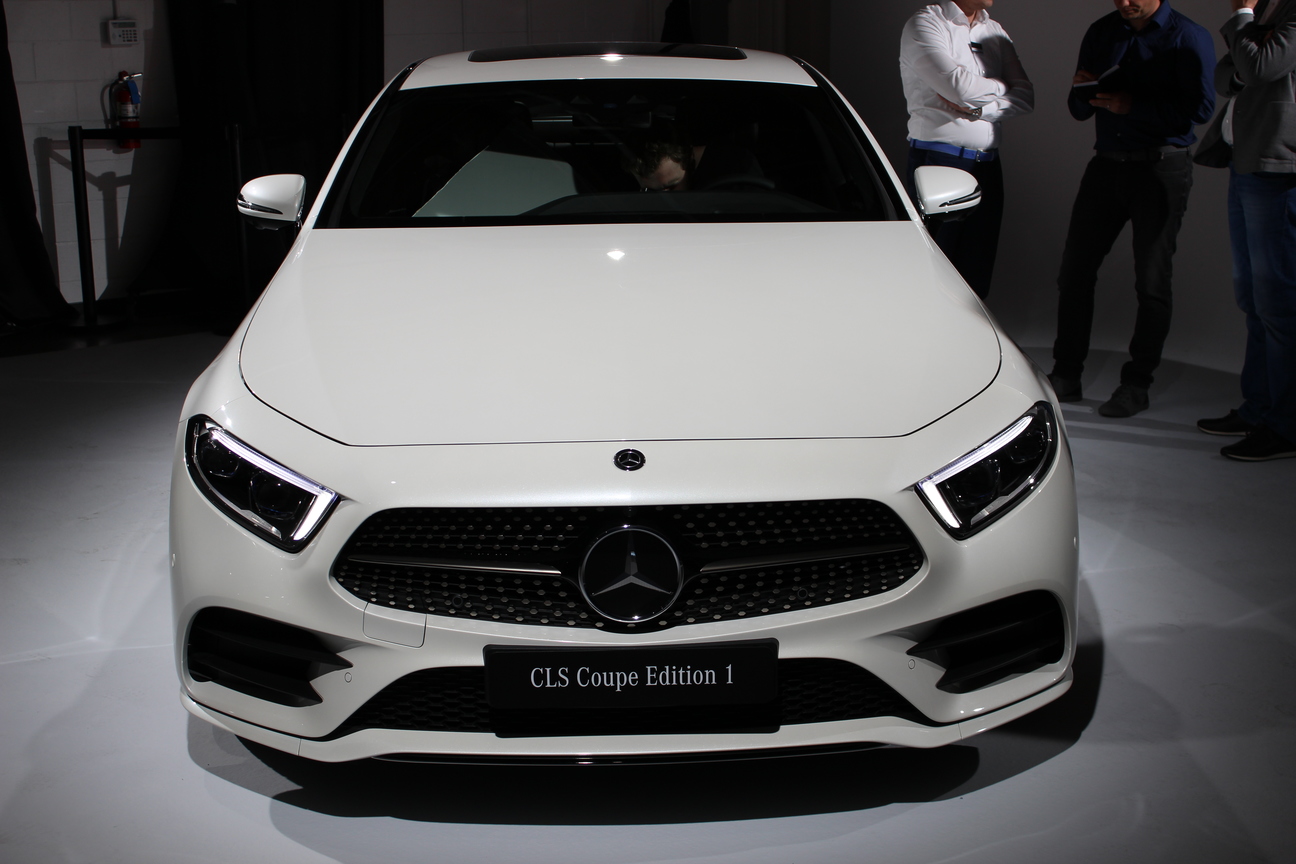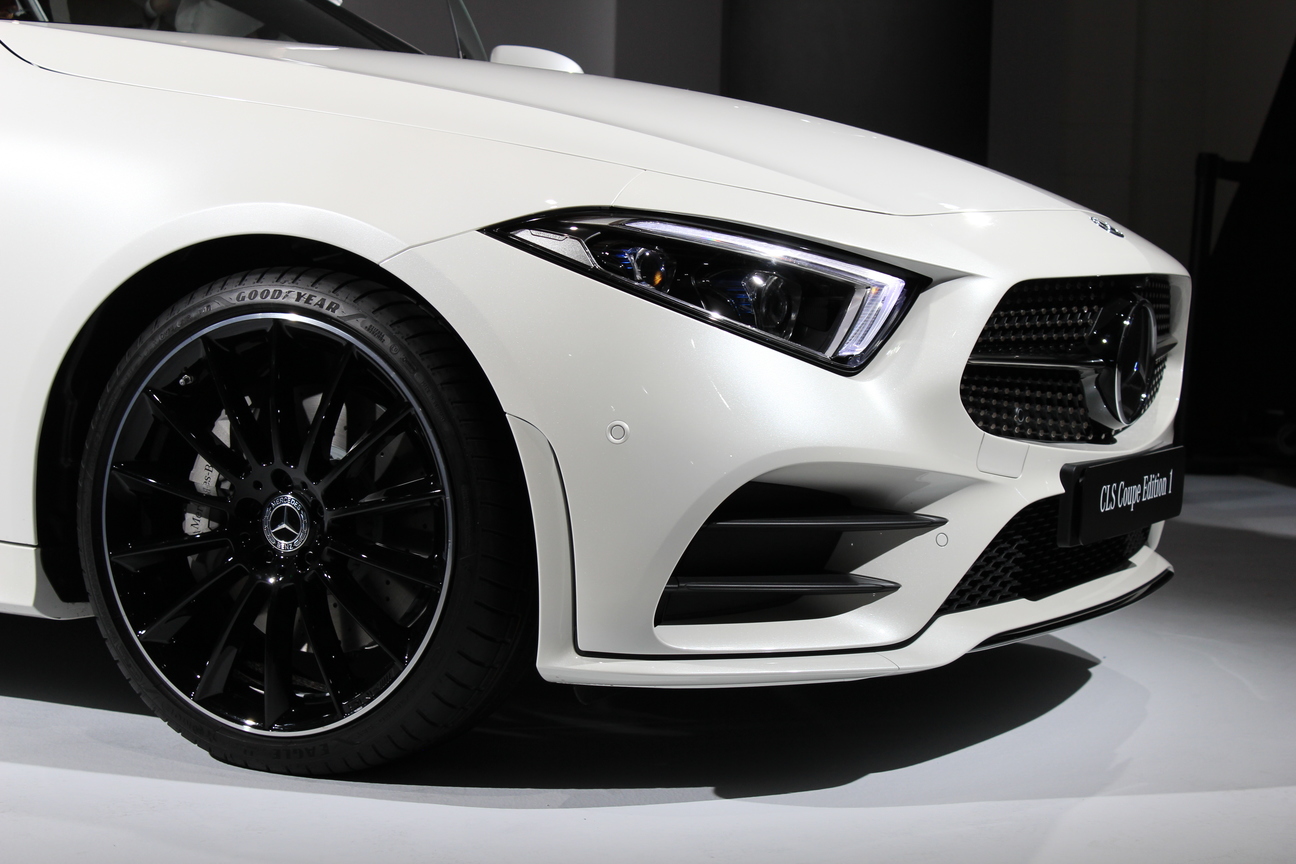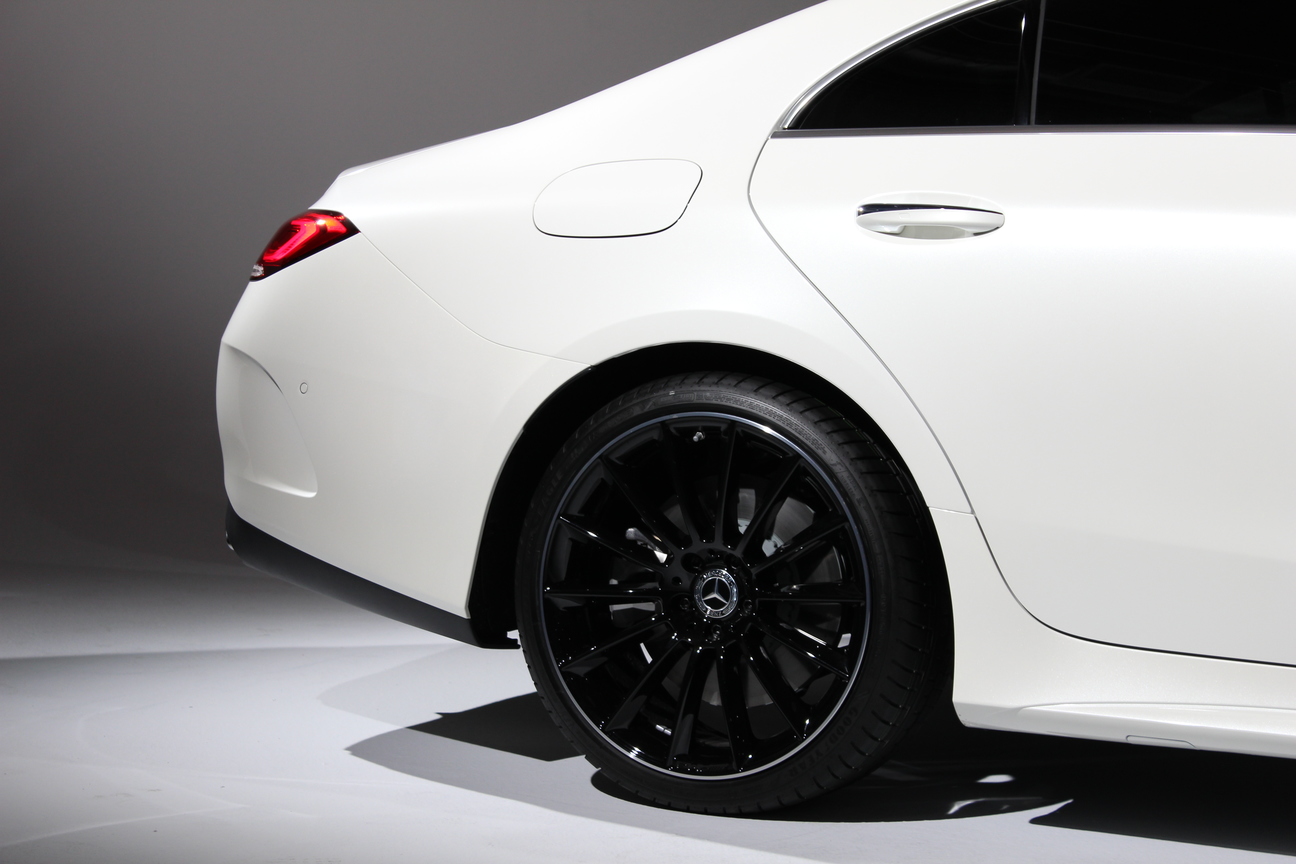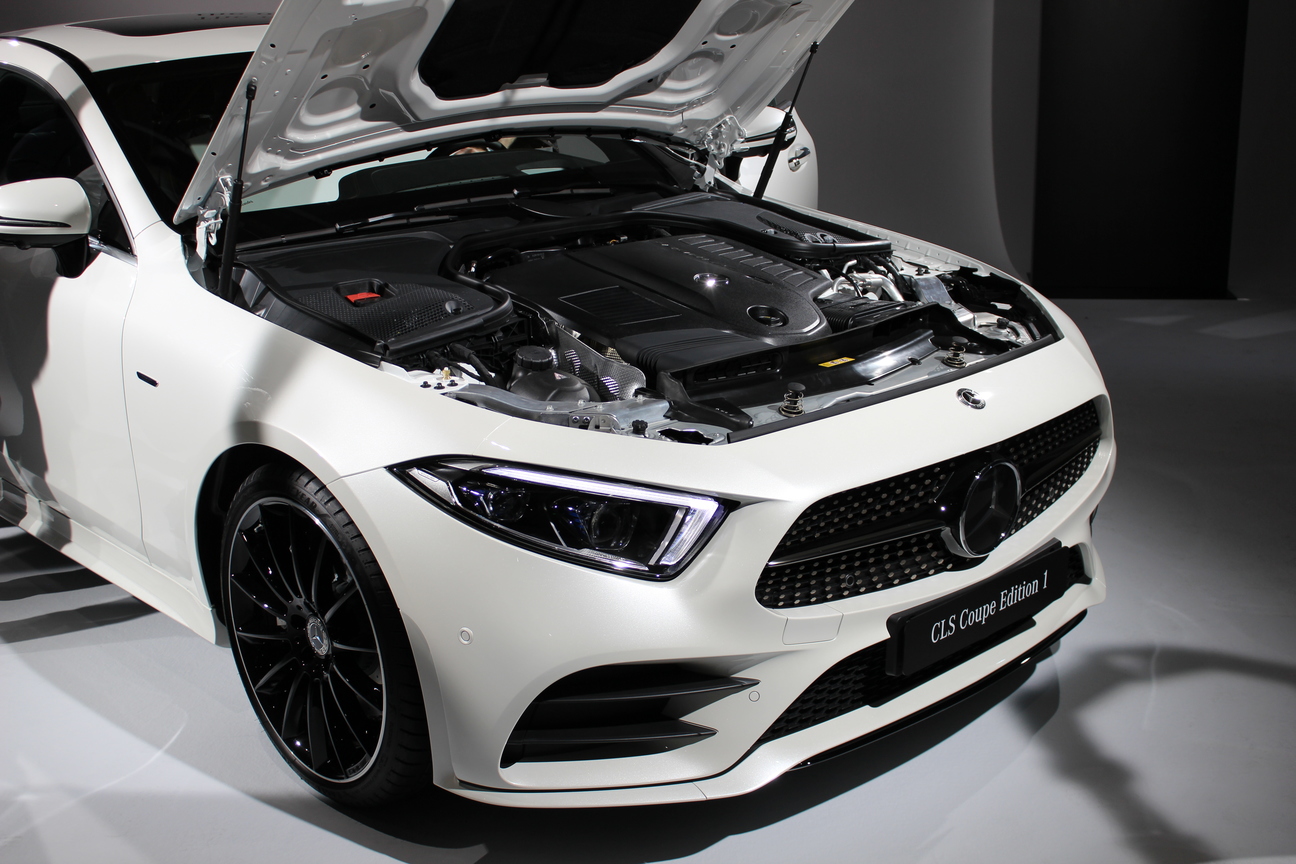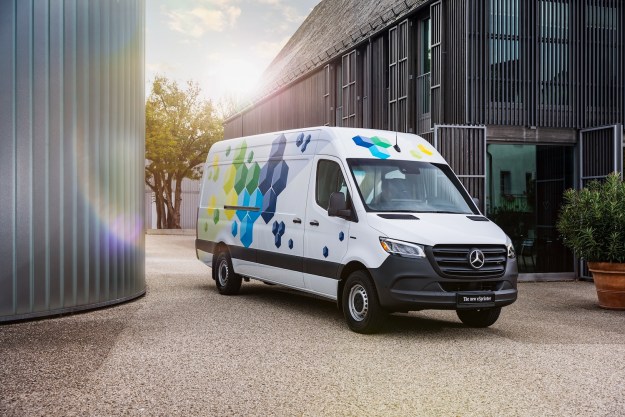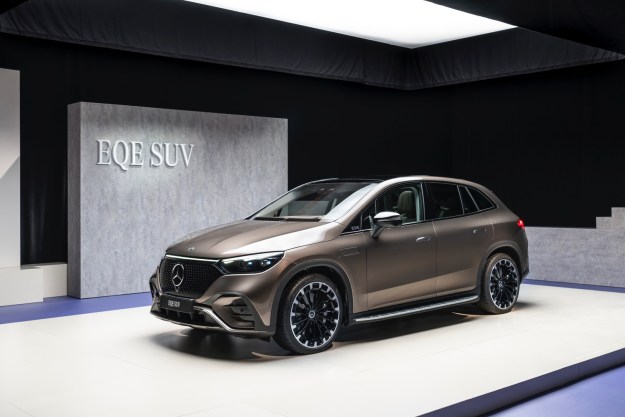The Mercedes-Benz CLS pioneered the four-door coupe segment when it turned every head in the room at the 2004 New York Auto Show. A lot has changed in the industry over the past 13 years, and the CLS has gone through two generations, but it’s remained all about design. The third-generation model introduced at the Los Angeles Auto Show cranks the style dial up another notch.
As trendsetting as ever, the third-generation CLS ushers in the design beat that Mercedes’ future models will march to in the foreseeable future. The company points out its designers reduced sharp edges and lines to create a pure design. Up front, the grille is lower than before and the headlights are sharper; we see a little bit of GT in the styling. The arched roof line is a direct reference to the original CLS, and the outgoing model‘s pronounced haunches are gone, replaced by a flatter surface which seamlessly flows into the rear end. The angular tail lamps are positioned horizontally at the belt line level, right below the spoiler neatly integrated into the trunk lid.
You can share the CLS experience with more friends than ever before because it’s offered with five seats for the first time. The dashboard looks familiar, at last if you’ve been keeping up with recent Mercedes models. It gets an optional dual-screen setup also found in the E-Class and the S-Class, a three-spoke multifunction steering wheel with touch-sensitive surfaces, and a flowing center console. Designers programmed 64 colors into the ambient lighting system.
At launch, the lineup will consist of a single model named CLS 450. It’s equipped with a brand-new straight-six engine that makes 362 horsepower between 5,500 and 6,100 rpm and 369 pound-feet of torque from 1,600 all the way up to 4,000 rpm. Those figures are impressive on their own, but it gets better. Mercedes added an electric motor that draws power from a 48-volt battery to provide an additional 21 hp and 184 lb-ft. of torque for short bursts of time. We’ll have to be patient to learn performance specifications, but we’re told the 3.0-liter six-cylinder will deliver V8-like acceleration while slurping considerably less fuel.
The six shifts through a nine-speed automatic transmission. Rear-wheel drive will come standard, and Mercedes’ 4Matic four-wheel drive system will come at an extra cost. Both variants are electronically limited to 130 mph, which is plenty unless you routinely travel on Germany’s Autobahn.
Other variants will join the line-up a little later in the production run. Nothing official has been announced yet, but it’s safe to assume Mercedes-AMG will sell at least one variant of the CLS. We know the sub-brand is preparing its own four-door coupe, which it previewed earlier this year with the GT concept, so it will walk a fine line as it attempts to differentiate the two models in an ever-expanding line-up of performance cars.
The 2019 Mercedes-Benz CLS will reach American showrooms by the fall of next year. Pricing information hasn’t been released yet. It will compete in the same segment as the Audi A7, which is preparing to enter its second generation with equally head-turning looks, and the Porsche Panamera.
Editors' Recommendations
- 2025 Mercedes-Benz EQS sedan gets new face, bigger battery
- How do you crash-test an EV with an 871-pound battery? Mercedes showed us
- 2024 Mercedes-AMG S63 E Performance first drive review: high-performance plug-in
- Mercedes-Maybach EQS SUV is old-school luxury — electrified
- Mercedes-Benz EQE SUV first drive review: ’90s look, cutting-edge tech

